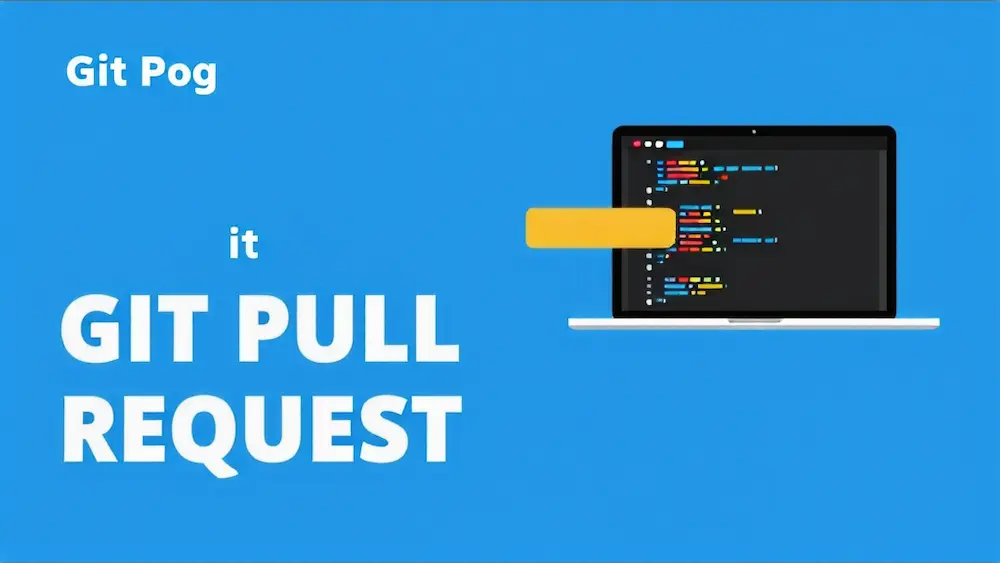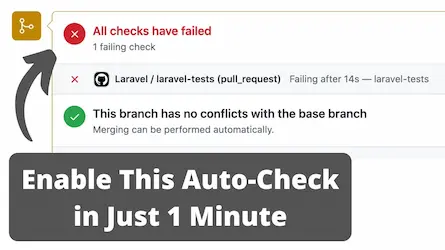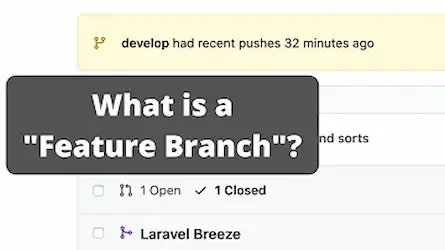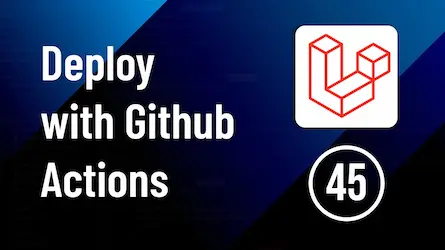Mastering Git Pull: A Guide for Laravel Users

Introduction
In this session, Ishan discusses the critical concept of Git pull. Previously, the basics of Git, GitHub, and Git push were covered, explaining how content is pushed from a local repository to a remote repository. This session focuses on the reverse process—pulling content from a remote repository to a local repository. Additionally, we will touch on how to preview Laravel pull requests effectively.
What Is Git Pull?
Imagine having a project on a remote repository like GitHub, which you now want to bring onto your local repository or system. The first step is to fetch that project to the origin master. Origin master fetches changes from the locally stored branch and merges them into the local checked-out branch. Next, the origin master merges that project with the branch, eventually reaching the local repository. Together, these processes form the git pull request. If you’re working with Laravel, understanding how to preview Laravel pull requests will be crucial in ensuring smooth integration and code quality.
The Process in Detail
Git pull involves two main commands: fetch and merge. First, the git fetch command commits files from the remote repository into a local repository. Next, the git merge command combines multiple commits into a single commit, merging the branch from the remote repository to the local branch. This process can also be applied when you need to preview Laravel pull requests, making sure all changes are accurately reflected in the local environment.
Git Fetch Command
The git fetch command retrieves commits and files from the remote repository and stores them in the local repository. This is particularly useful when you need to preview Laravel pull requests without merging them immediately.
Git Merge Command
The git merge command combines these commits from the remote repository into the local branch, effectively integrating changes. For Laravel projects, understanding how to preview Laravel pull requests before merging ensures better control over the integration process.
Demonstrating Git Pull
To understand the working of git pull, Ishan provides a practical demonstration:
1. Opening Git Bash and Creating a Directory
A directory named git_demo is created, and its location is checked. Another directory named changes is created and navigated to.
2. Initializing a Repository
The git init command initializes an empty git repository in the changes folder. Ensure settings allow viewing hidden files to see directories and configurations inside the .git folder.
3. Pulling Content from GitHub
Locate the directory on GitHub, copy the URL from the clone or download option, and paste it into git bash. Contents are pulled back, and the directory structure is verified. For those working with Laravel, this stage is also where you may want to preview Laravel pull requests by setting up your local environment to reflect the changes.
4. Making Changes and Pushing Back
Open notepads named alpha and beta, delete specific content, save, and close them. Check the status to see modified files. Use the git add command to stage changes and git commit -m "changes made" to commit them. Push changes back to the repository using git remote add origin, paste the URL, and execute git push -u origin master. Verify changes on GitHub. This process is similar when you need to preview Laravel pull requests, allowing you to make necessary changes and verify them before integrating into the main branch.
Conclusion
This session provides a clear and practical understanding of how to execute Git pull, demonstrating the process from fetching to merging changes into a local repository. Stay tuned for more insightful sessions, including tips on how to preview Laravel pull requests.
To streamline your workflow and automatically deploy your GitHub pull requests to preview environments, try Glimpse with the help of Laravel Forge. Glimpse makes it easy to ensure your code is always in top shape. Start your free trial today!



